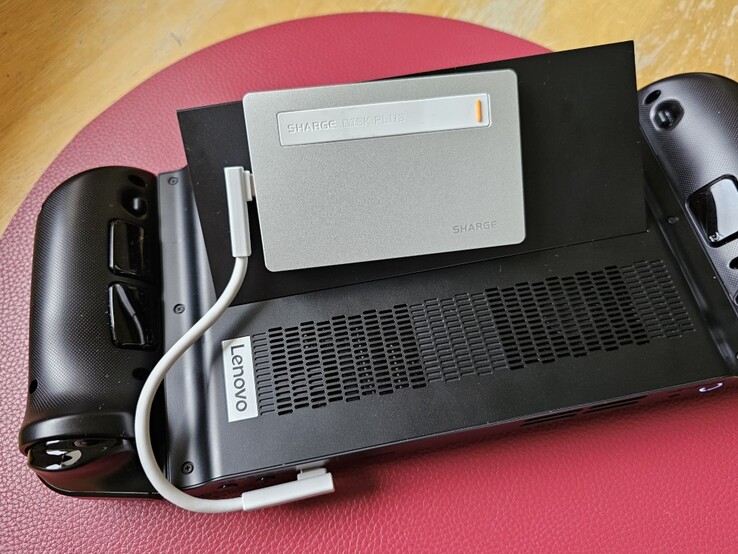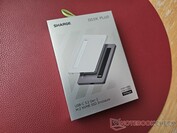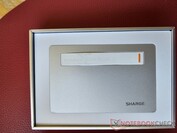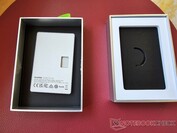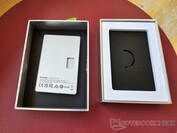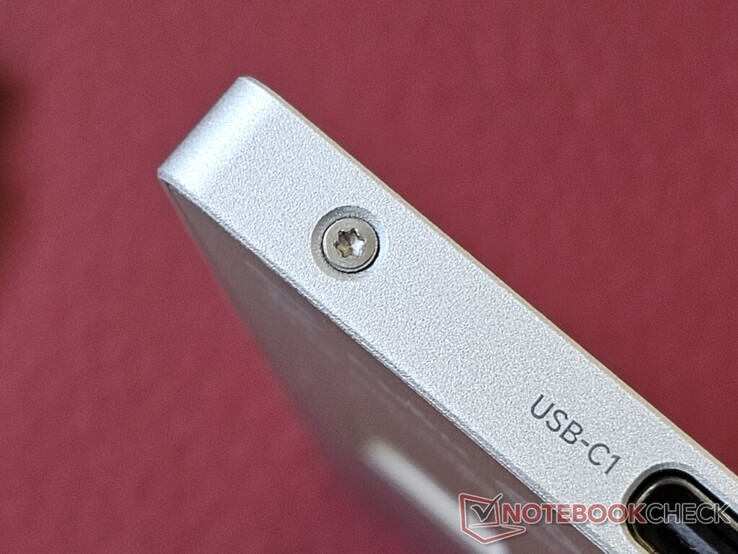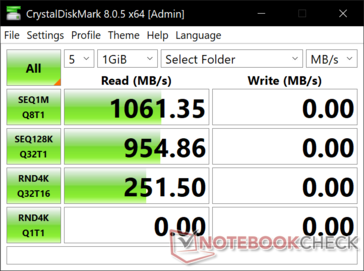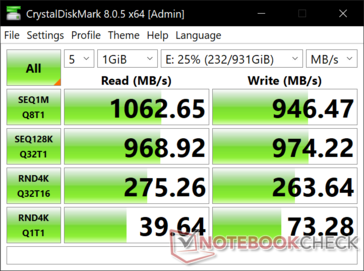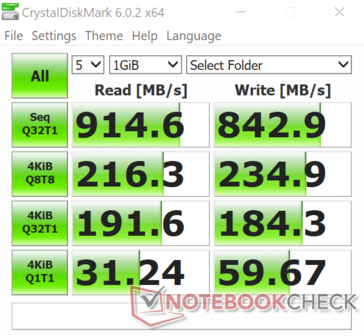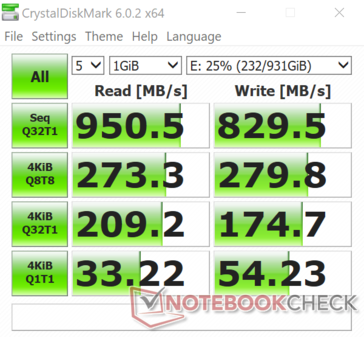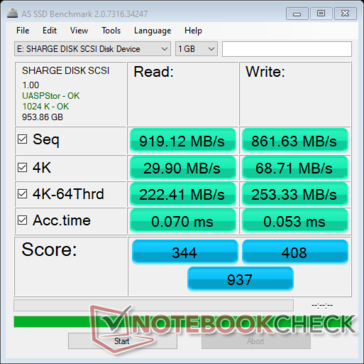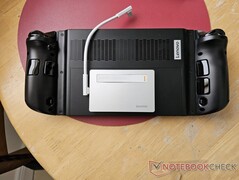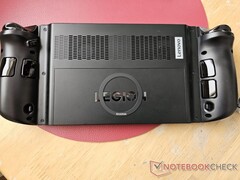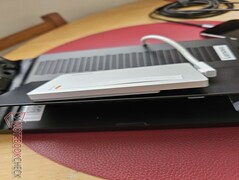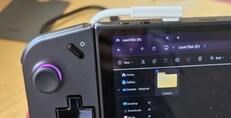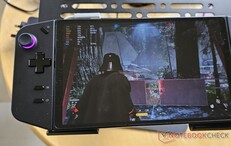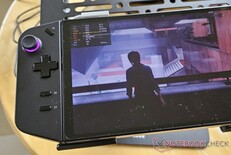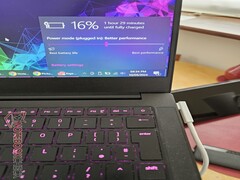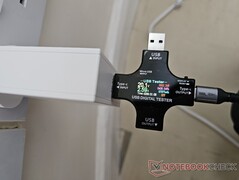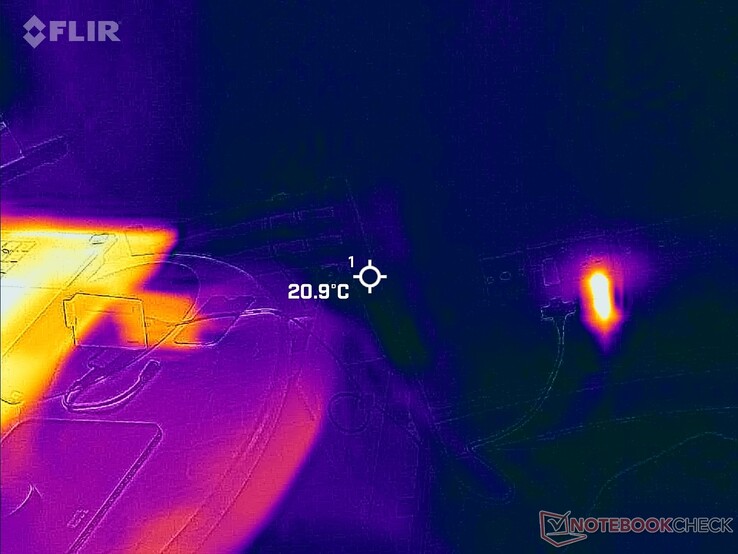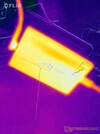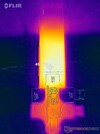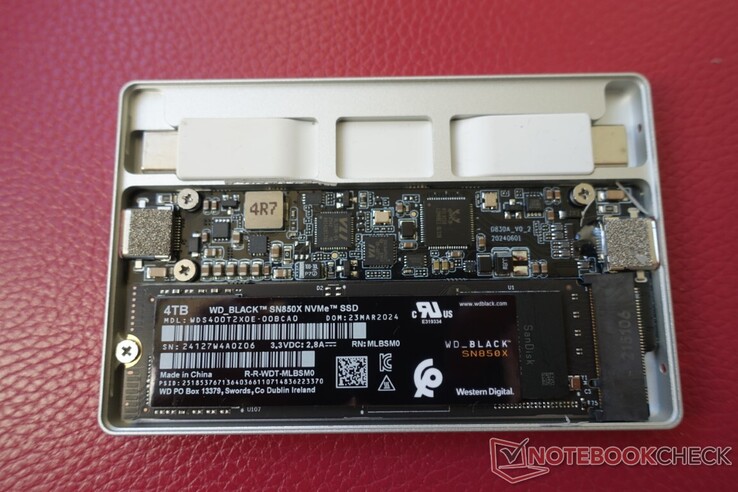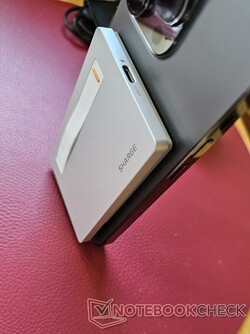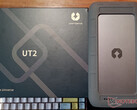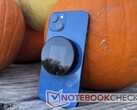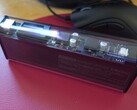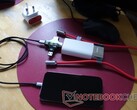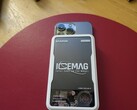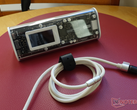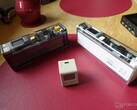Sharge Disk Plus hands-on review: Snap-on storage expansion for Legion Go, iPhone and other mobile devices
The Disk Plus is touted as the thinnest source of extra storage of a smartphone or laptop on Kickstarter right now.
It is also touted as having MagSafe-style convenience and portability.
Unboxing and Set-up
The Sharge Disk Plus comes in a box of about the same size and shape of the ICEMAG wireless power bank, but underpins its ultra-thin selling point on its unboxing.
The Disk Plus comes with a little leather pouch for the drive, not to mention the mini screwdriver needed to open it by removing its Torx 0 screws, and also with the thermal pad touted to keep it cool.
There is also a white adhesive pad that, although it is not mentioned in the instructions, is there to stick the drive to other things - we will see how necessary it is later.
Sharge asserts that it takes ~30 seconds to open the housing in order to install an SSD, although that estimate might depend on the individual user's ability to deal with tiny screws - I have not lost any so far, however.
There are 3 more of them in the box - although they are not so much spares as they are intended to be used to secure the drive.
That is because the Disk Plus is designed to house either M.2 2242, M.2 2280 or M.2 2230 SSDs.
The one conveniently included in this reviewer's package is (apparently) a WD SN740, which is of the 2230 form-factor.
It fits right into its slot next to its screw-hole as intended, and allows the housing to be re-assembled with the thermal pad in place without bulging.
On that note, I was not able to prevent the pad from being very slightly shredded on the Disk Plus' metallic edging, which makes me wonder about how re-usable it really is: I will probably want to test it with other SSDs I have ordered when they finally arrive.
Performance
Nevertheless, it is time to test the re-assembled Disk Plus, and pit it against my Crucial X8, the most comparable drive I could source: they both have USB type-C ports with their own removable cables; both are exFAT out of the box (so I left it that way for testing purposes); and they are both (currently) 1TB.
On that note, the Sharge accessory has a short, flat cable with a silo right in the body of the drive, although the OEM also offers a slightly longer right-angled cable - note that the latter is an optional extra during its Kickstarter campaign.
Magnetic Function
Sharge claims that the Disk Plus can act as a MagSafe-style accessory...however, that function requires an additional magnetic pad, which needs to be stuck onto the back of the drive housing for that extra feature to work.
It conforms to the drive's design exactly, preserving access to the on-board cable.
It also makes the Disk Plus lose its "0.24-inch thick" selling point, and nearly stops it fitting into its leather pouch, on installation.
That must be why the pad also comes with a pair of magnetic rings, which also have 3M backings to enhance the adhesion to things like laptops, PCs, or, say, a handheld console like my Lenovo Legion Go.
It lets me stick the drive to the back of the Legion Go and connect its right-angle cable, although it must be said that the glue is not especially strong - which makes the ring's removal and re-use easier, at least.
Gaming Performance
In any case, it is now time to download and run a game off the Disk Plus.
I was able to download Control and Star Wars: Battlefront onto the drive from scratch and play them, albeit without particularly stellar FPS.
On that note, Control becomes laggy to an honestly hallucinatory degree if the connected PC's battery ran low, as is to be expected with any storage media.
In addition, gameplay and downloads were interrupted whenever I tried to use the accessory as a charger.
Pass-through Charging
That is because the Disk Plus is also rated to replace a device's wired USB-C charger, so long as it is rated for up to 85W, that is.
When paired to a 240W cable and 140W charger (also from Sharge), the feature demonstrably worked with my 100W laptop - although it charged at ~50W, as with many other fast chargers.
However, as I've said, programs running on or downloading to the external drive often stop working when it is plugged in to power - that became somewhat aggravating while gaming.
Its temperature only rose to about 29ºC (84ºF) after about an hour of charging, and did not even feel hot.
It did get hotter when used as a Legion Go charger, however.
[Update] 4TB Drive Compatibility
Having gotten a good deal on a WD SN850X of the Disk Plus' theoretical rated capacity, I tested it with the drive housing.
While the drive could run and support game files as well as the SN740, it did not quite fit as well into the housing along with the thermal pad; in addition, a Phillips-head screw needs to be removed to fit M.2 2280 drives, requiring another screwdriver not included in the box.
In addition, the SN850X needed to be formatted in Windows Drive Management in order to show up as a hard drive whereas the other SSD did not; not all users might think to do this, believe it or not.
Pros
+ High-quality metal build
+ Innovative design with on-board cable storage
+ Ease of SSD installation
+ More universal NVMe SSD compatibility than average competitor
+ Slightly more portable than average competitor
+ Pass-through charging
Cons
– Charging causes issues mid-use
– "Magnetic" buzz-word negates slim build somewhat
– Reduced real-world FPS in some games
– Extreme care needed with included thermal pad when switching SSDs
– Other components (such as miniature Torx screws) might get lost
– Magnets slightly weaker than necessary, especially compared to real MagSafe
Conclusion
The Sharge Disk Plus is indeed the thinnest external SSD I now own - although it loses that advantage when it needs to activate the "magnetic" selling point with which it launched. I like the fact that its milled metallic shell houses a cable - which is rated for up to 240W of power delivery, moreover - and that it has an easy-release mechanism built into it. In a world where 128GB as base storage for a brand-new iPhone is still somehow a thing, it's a valuable feature.
As an SSD, its performance is on par with a comparable 1TB drive - then again, the WD SN740 installed in it is rated for read speeds of up to 5,150MB/s. However, a number of variables might have contributed to the Disk Plus' actual scores.
I can also verify that it works as a pass-through charger that can go up to ~50W, which is handy in cases of mid-handheld gaming session emergencies (although you might have to quit the title and then re-start it in real life).
Then again, that unique use-case imparts some strange side effects, such as the fact that a Windows PC will often bring up a "Display connection might be limited" message when the drive is connected with no power.
In addition to its other issues around being used as a drive and a charger at the same time, it exhibited "some problems with the drive" when required to use a multi-port charger when connected to the Legion Go - although it would work perfectly with the JSAUX FlipGo's more appropriate power brick.
However, I find the biggest drawback overall is that the housing is not as slim now that the Magnetic Pad is attached; in addition, it is not strong enough without the metallic rings.
Nevertheless, its potential to work with (practically) whatever NVMe SSD I want makes up for that.
All in all, I can verify that the Sharge Disk Plus works as it ships in its current form, which is as a crowdfunding reward with a smaller SSD included at most. Therefore, there is evidence that it will make it as a retail product, even with the bugs and drawbacks I have encountered in this review.
Price and availability
The Sharge Disk Plus is still available on Kickstarter at the time of writing.
Transparency
The selection of devices to be reviewed is made by our editorial team. The test sample was given to the author by the manufacturer free of charge for the purposes of review. There was no third-party influence on this review, nor did the manufacturer receive a copy of this review before publication. There was no obligation to publish this review. As an independent media company, Notebookcheck is not subjected to the authority of manufacturers, retailers or publishers.
This is how Notebookcheck is testing
Every year, Notebookcheck independently reviews hundreds of laptops and smartphones using standardized procedures to ensure that all results are comparable. We have continuously developed our test methods for around 20 years and set industry standards in the process. In our test labs, high-quality measuring equipment is utilized by experienced technicians and editors. These tests involve a multi-stage validation process. Our complex rating system is based on hundreds of well-founded measurements and benchmarks, which maintains objectivity. Further information on our test methods can be found here.




